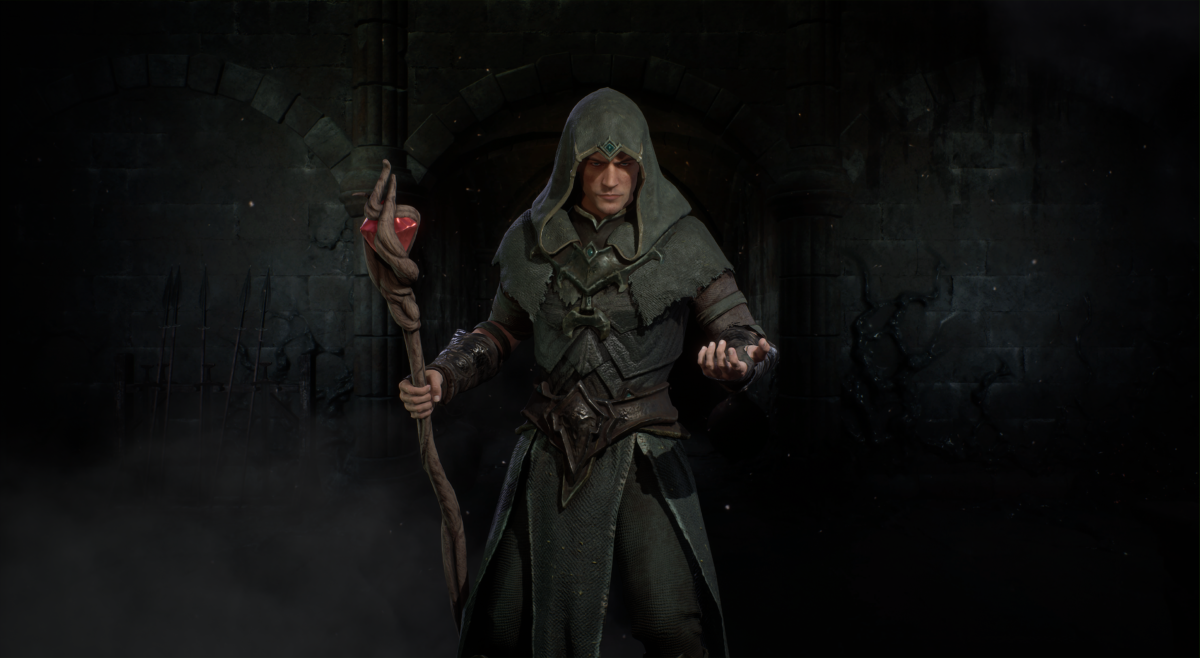Xbox fans are well used to Microsoft locking cool custom Xbox controllers and consoles behind social media competitions, making them available only as near impossible to get prizes instead of selling them to the general public. But it seems Microsoft’s latest effort — an Xbox controller shaped like Deadpool’s ass — is the straw that broke the camel’s back.
Microsoft revealed its new Xbox Wireless Controller modeled after “Deadpool’s much-discussed, perfectly rounded tush” to coincide with the upcoming Marvel movie Deadpool & Wolverine. It calls this new Xbox pad the “Cheeky Controller” and said it “channels Deadpool’s buns of steel in its firm (yet surprisingly comfortable) grip.”
Frustrating many, Microsoft has made this Deadpool ass Xbox controller available only to one competition winner, as it’s done repeatedly with previous eye-catching accessories. Fans aged 18+ worldwide can enter for a chance to win it by following Xbox on X/Twitter and retweeting the official Xbox sweepstakes tweet.
The tweet in question currently has 225,000 retweets, and the competition doesn’t end until 8pm Pacific / 11pm Eastern on Sunday, August 11, 2024.
According to Microsoft’s page on the competition, the single grand prize includes:
- A custom Xbox Series X Console inspired by Marvel’s Deadpool and Wolverine. Approximate Retail Value (ARV) $440.00 USD.
- Two (2) custom Xbox Wireless Controllers inspired by Marvel’s Deadpool and Wolverine. Approximate Retail Value (ARV) $319.98 USD.
- A custom Xbox Series X Console Stand inspired by Marvel’s Deadpool and. Approximate Retail Value (ARV) $100.00 USD.
- The total Approximate Retail Value (ARV) of all prizes: $859.98 USD.
So, to be clear, only one person can win, and they’ll get two of these controllers. Ominously, Microsoft adds: “the odds of winning are based on the number of eligible entries received.”
“It’s like companies don’t like money sometimes,” redditor ImNotaM00SE complained in a sprawling thread on the controller. “This f***er would sell like crazy.”
“I would honestly buy this in a heartbeat,” RandoDude124 added. “I hardly even use my Series X but I’d have bought it for the novelty,” said Rektw. “Lightly use it for some PC games or something.” StuffedThings commented: “I don’t even own an Xbox but I would buy the s**t out of this.”
It’s a similar sentiment across social media, where fans are complaining that they can’t throw money at the screen and have Deadpool’s ass in the form of an Xbox pad end up on their doorstep.
The PAUSE “Cheeky” Deadpool XBOX Series X/S controller and special edition console…XBOX needs to sell these even if it’s 1000 of em…Just my take cause these are 🔥🔥 pic.twitter.com/KJ6EgzDK66
— GeekLifeMike (@GeekLifeMike) July 17, 2024
Given Microsoft’s clear fondness for making cool Xbox accessories exclusive to sweepstakes, and the no-doubt enormous amount of social media engagement this Deadpool controller competition will end up driving to Xbox, it seems unlikely the company will change course any time soon.
As a result, this Deadpool ass Xbox controller will probably end up selling for an eye-watering figure on eBay.
Wesley is the UK News Editor for IGN. Find him on Twitter at @wyp100. You can reach Wesley at wesley_yinpoole@ign.com or confidentially at wyp100@proton.me.




